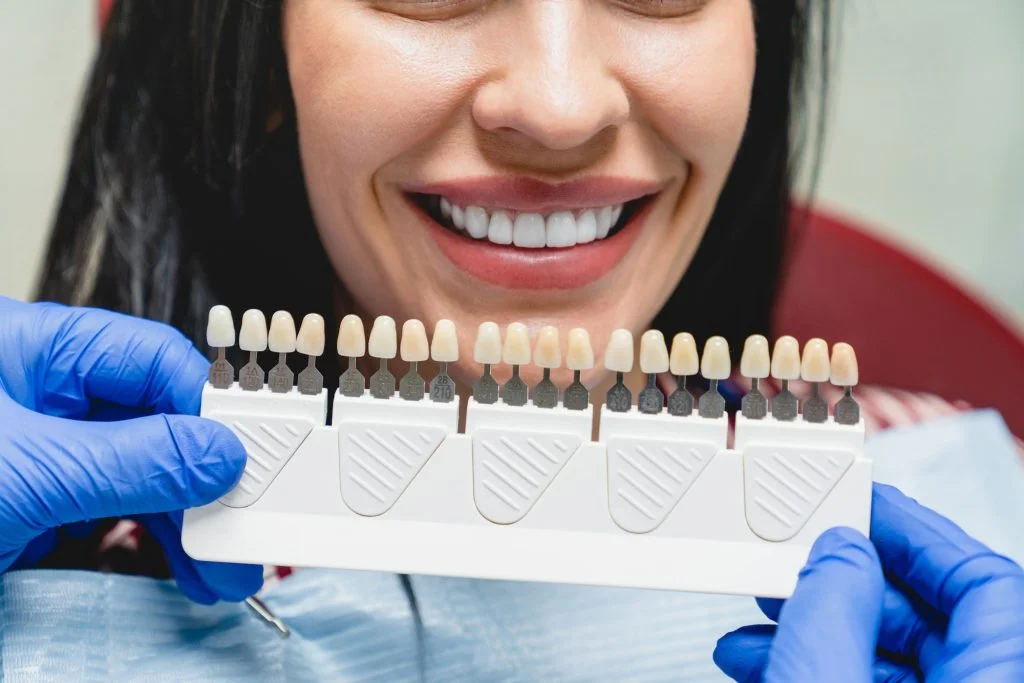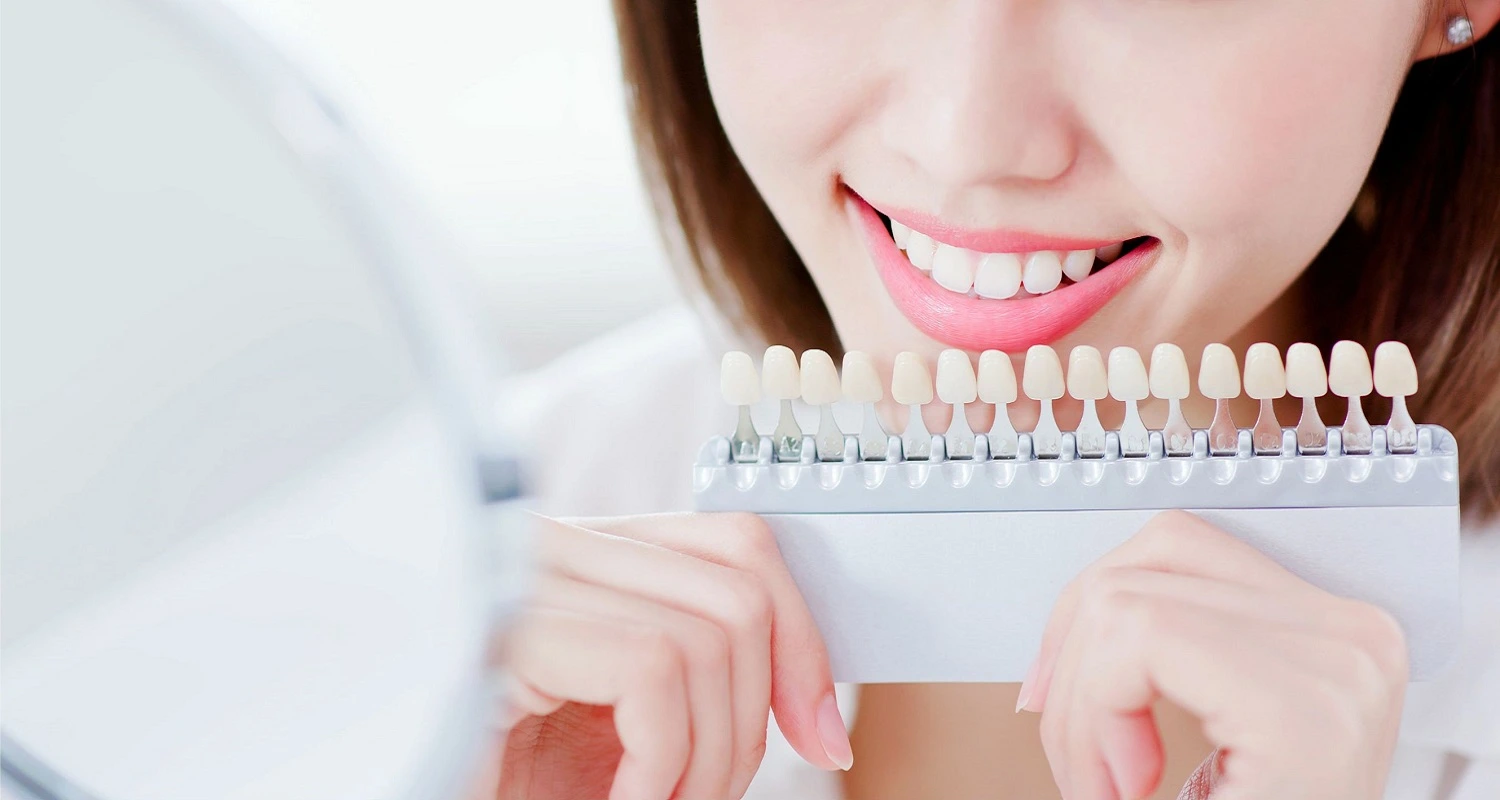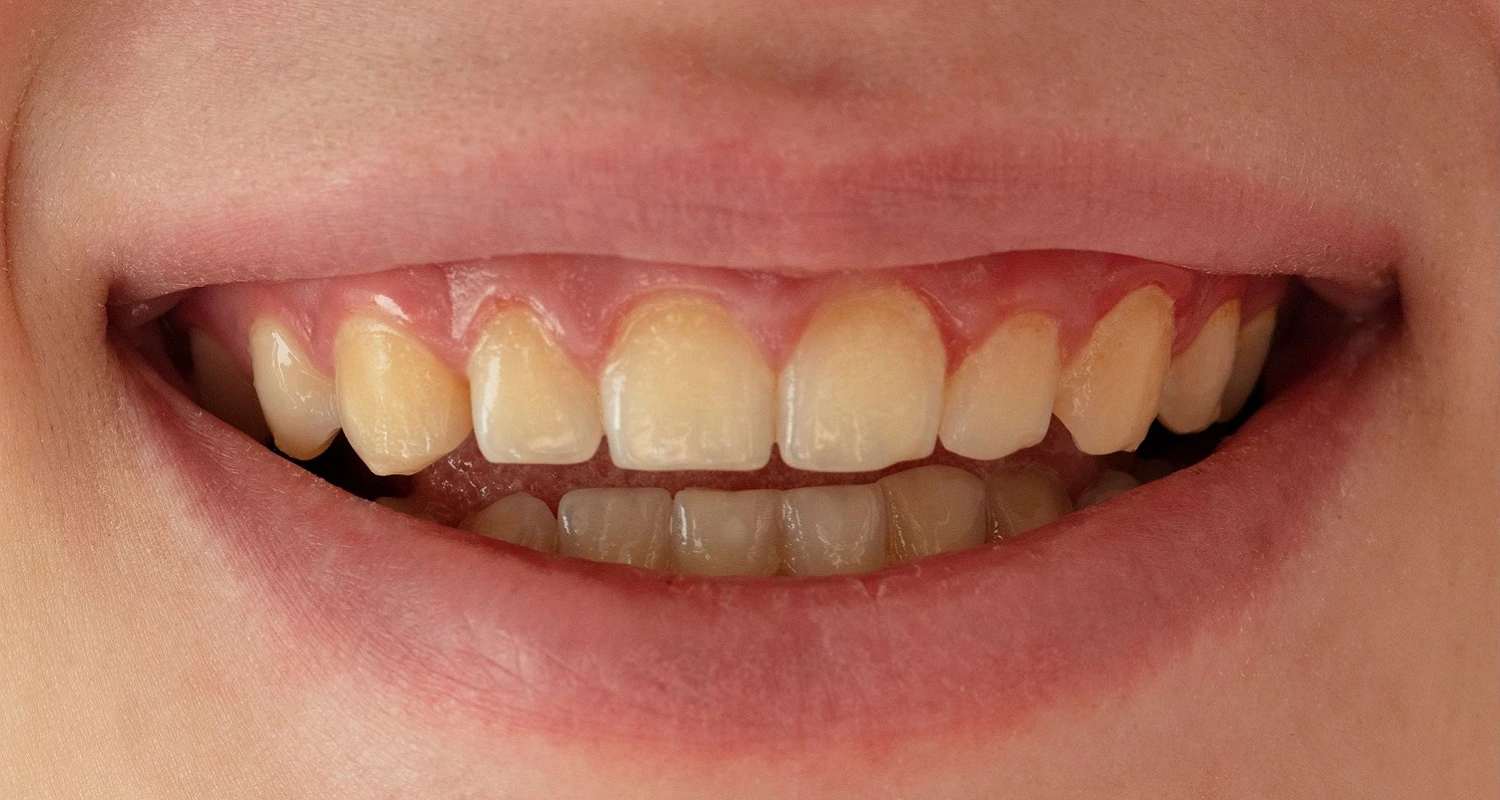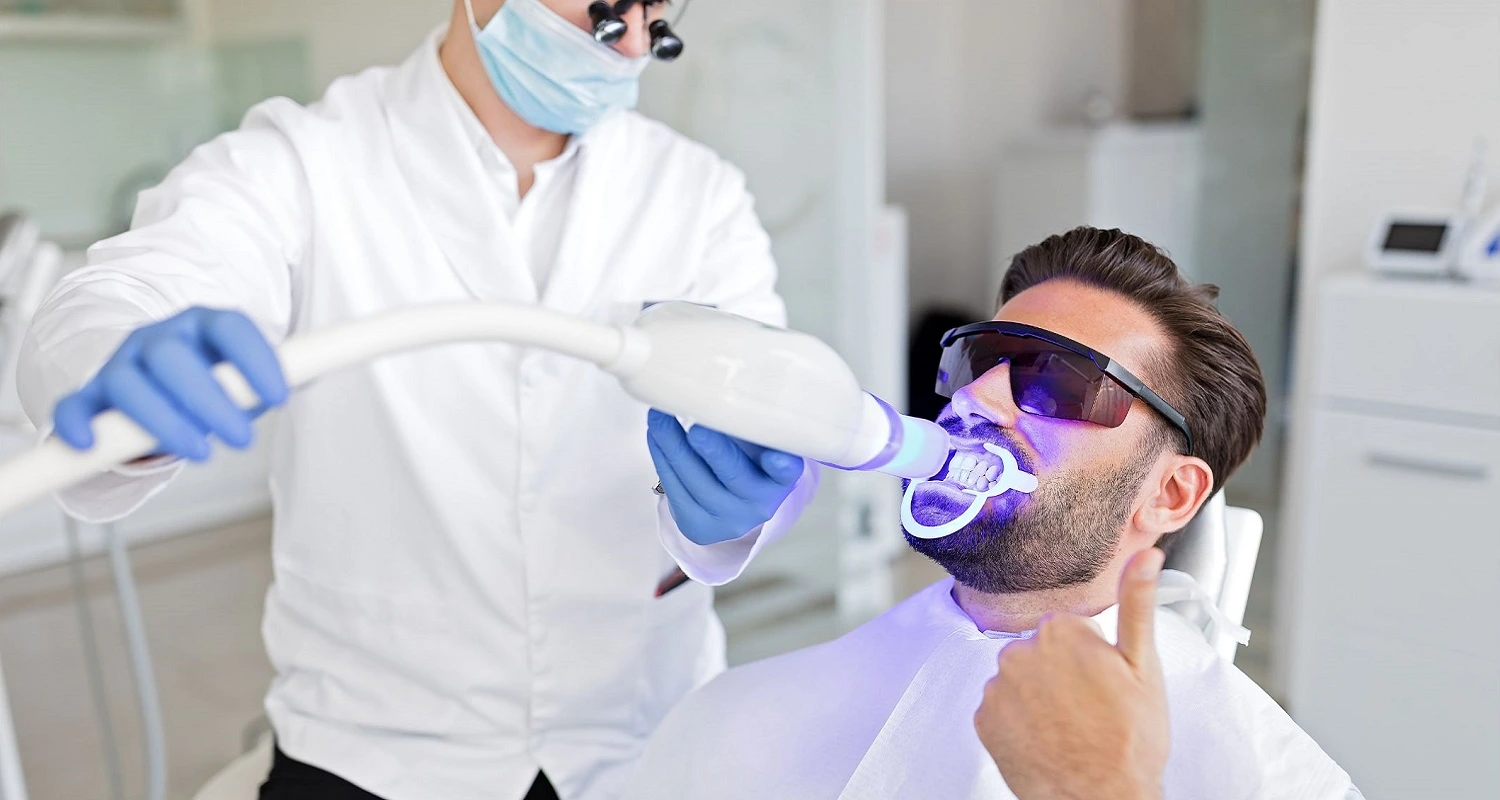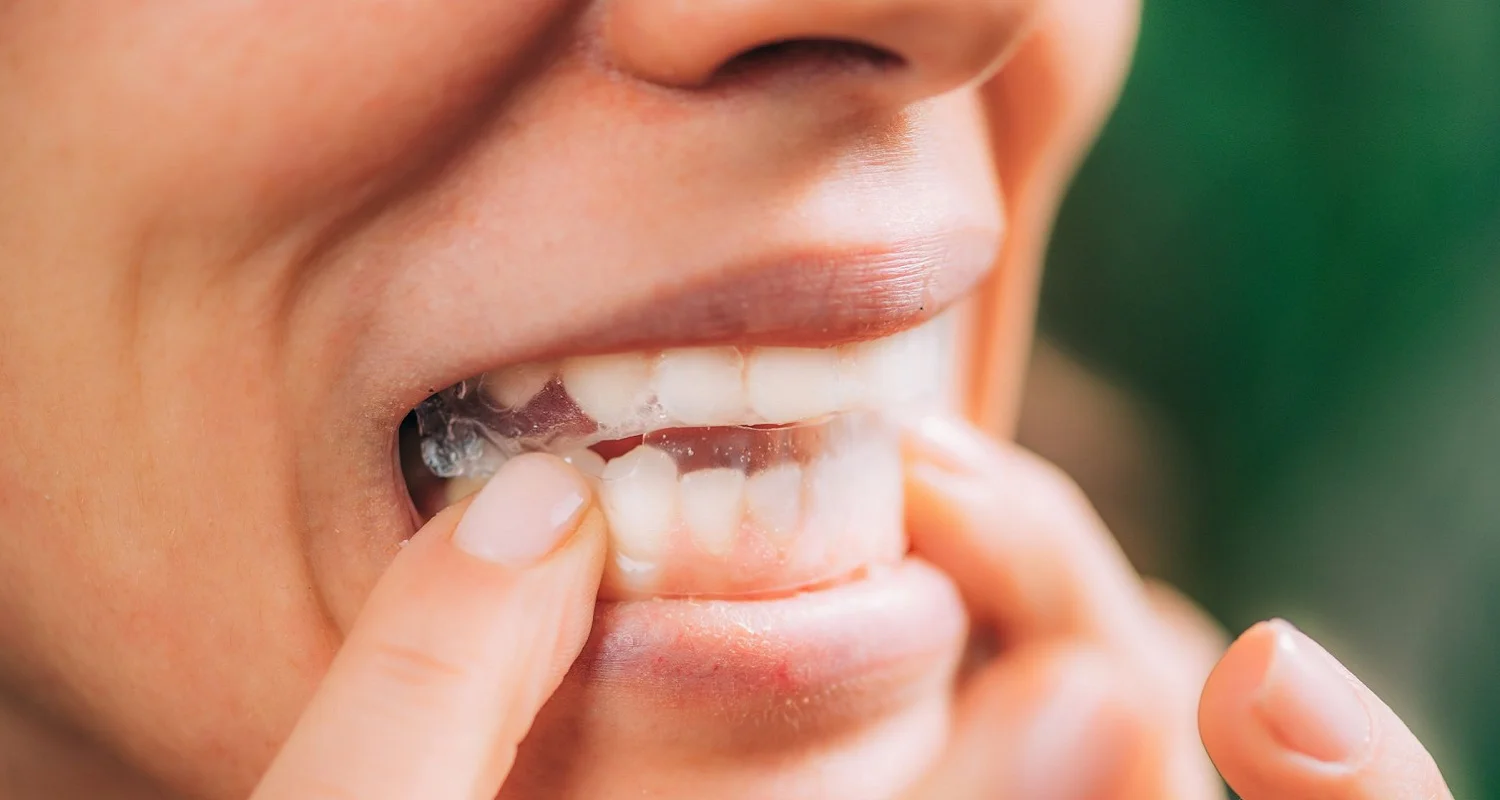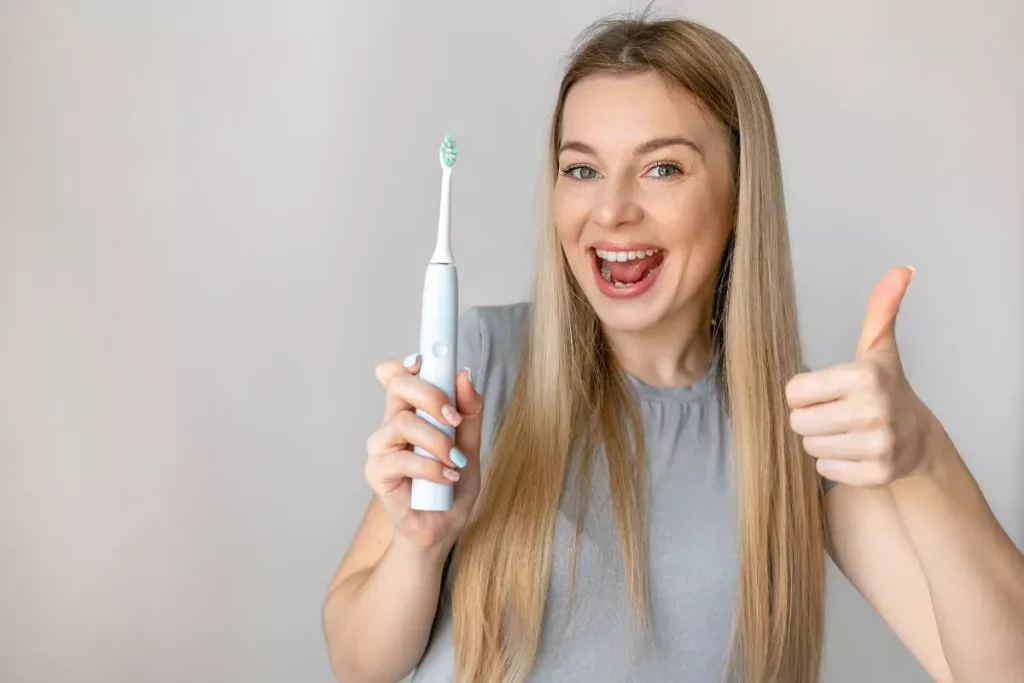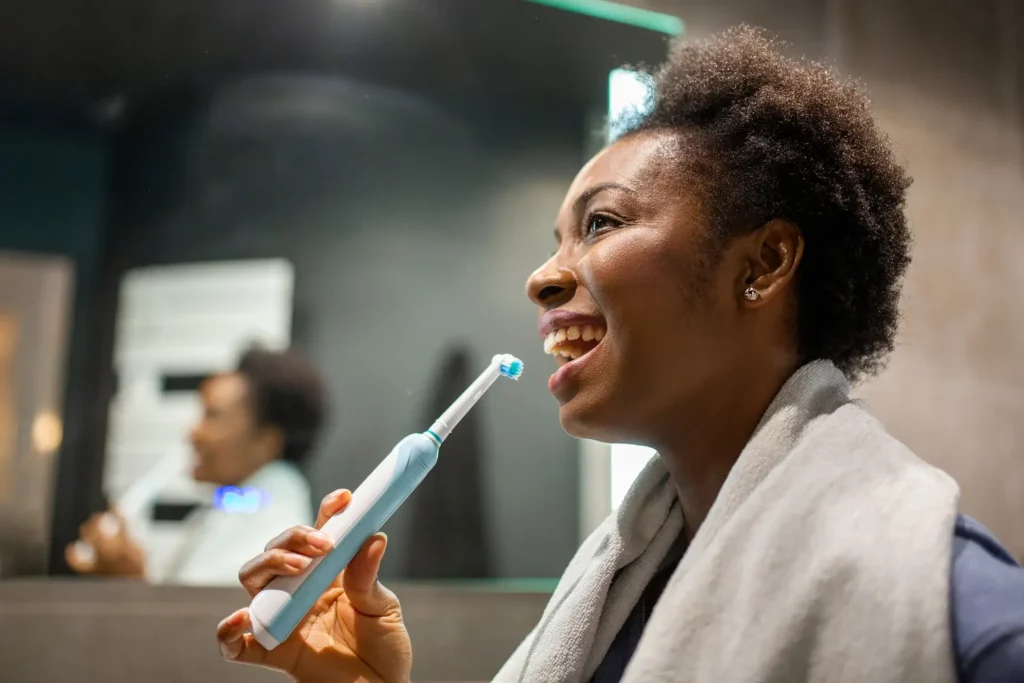A bright, radiant smile is a universal sign of confidence and health. Over time, our teeth can lose their natural shine due to various reasons. Fortunately, there are multiple teeth whitening techniques available to restore that lost luminosity and get an incredible smile. From natural methods to professional options, we will explore the best teeth whitening method for a more aesthetic smile.
Common Causes of Tooth Discoloration
Before we dive into teeth whitening techniques, it is essential to understand why our teeth can lose their natural whiteness. The causes of tooth discoloration vary and include intrinsic and extrinsic factors. Intrinsic factors, such as genetics and age, can influence tooth coloration.
Extrinsic factors, such as frequent consumption of pigmented foods and drinks, tobacco, and poor oral hygiene, also play a significant role.
How to Whiten Teeth Naturally?
For those looking for bright smile solutions in the natural realm, there are several teeth discoloration remedies that may be helpful. Tips for whitening teeth naturally include using baking soda, strawberries, and banana peel as gentle whitening agents.
However, it is important to keep in mind that these methods may not be as effective as promoted and their excessive use can damage tooth enamel, causing erosions.
Whitening Methods that Don’t Work
In the quest for whiter teeth, it is crucial to avoid whitening methods that simply do not work. Using unscientific home remedies, such as vinegar mouthwashes or activated charcoal, can result in disappointing results and potentially damage tooth enamel.
It is essential to rely on methods supported by evidence and recommended by dental professionals.
Professional Teeth Whitening
If you are looking for an optimal approach to brightening your teeth, professional teeth whitening is the most reliable and effective option. Professional treatments offer noticeably better results than at-home methods and are designed to effectively remove stubborn enamel stains.
Dentists may offer options such as laser whitening or in-clinic whitening gels. These procedures are backed by the experience and knowledge of oral health professionals, ensuring safe and effective results.
In-office teeth whitening is usually done with one of two substances:
Hydrogen peroxide:
Speed: Hydrogen peroxide tends to be quicker in terms of visible results. In-office treatments often use hydrogen peroxide in higher concentrations and can achieve a noticeable change in a single session or a few sessions.
Concentration: Hydrogen peroxide is often used in higher concentrations than carbamide peroxide, which can be more effective in removing deeper stains and more intense discolorations.
Tooth sensitivity: Due to its higher potency, hydrogen peroxide may increase the risk of temporary tooth sensitivity, especially in people with sensitive teeth.
Carbamide Peroxide:
Gradualness: Carbamide peroxide releases hydrogen peroxide gradually over time, which can result in a gentler and more comfortable whitening experience in terms of tooth sensitivity.
Home Treatments: Carbamide peroxide is commonly used in teeth whitening kits for home use. This allows for more gradual and controlled whitening compared to in-office treatments.
Concentration: Although carbamide peroxide concentrations are generally lower than hydrogen peroxide, they can still achieve effective results, especially for superficial stains.
Ultimately, the choice between hydrogen peroxide and carbamide peroxide will depend on your preferences and your dentist’s recommendations. A dentist will be able to evaluate your oral health, determine the degree of discoloration and sensitivity, and suggest the best option to achieve safe and satisfactory results.
Remember that it is always important to follow the instructions of a dental health professional to avoid complications and obtain the best possible results.
Best Teeth Whitening Method At Home
1. Teeth Whitening Kits: These kits usually contain whitening gels and mouth trays that mold to your teeth. You must follow the instructions carefully to avoid excess bleach and gum irritation.
2. Whitening Strips: They are thin, flexible strips covered with a whitening gel. They are applied directly to the surface of the teeth and left for a specific period of time. As with the kits, follow the instructions closely.
3. Whitening Toothpaste: Some toothpastes contain abrasive ingredients or mild whitening agents that can help remove surface stains. However, its effectiveness may be limited compared to other methods.
4. Whitening Rinses: These mouthwashes may contain hydrogen peroxide or carbamide peroxide in lower concentrations than professional treatments. They are used by rinsing your mouth for a certain period of time.
5. Natural Home Remedies: Some people use baking soda and diluted hydrogen peroxide to gently rub over the surface of the teeth. However, excessive use of these products can damage tooth enamel and gums.
It is important to remember that the results of home teeth whitening may vary depending on the person and the technique used. Additionally, teeth whitening is not a permanent solution and you may need to repeat the process in the future to maintain the results.
Before trying any at-home teeth whitening method, it is advisable to consult a dentist. A dental professional will be able to evaluate your oral health, determine the cause of tooth discoloration, and offer guidance on whitening options that are safe and effective for you.
Safer Teeth Whitening Alternatives
For those concerned about side effects or tooth sensitivity, there are safer teeth whitening alternatives. Opting for whitening products with gentle formulas recommended by dental professionals can minimize the risks associated with post-treatment sensitivity.
Additionally, maintaining a stain-free approach to dental care through good oral hygiene and regular dental visits can prevent future discoloration. If you want to know if it is safe to whiten teeth, check our separate guide about it.
Conclusion
Achieving a brighter smile and whiter teeth is an achievable goal thanks to the teeth whitening techniques available today. From natural methods to professional teeth whitening, there are a range of options to choose from depending on individual needs and preferences.
While at-home methods can provide subtle results, professional teeth whitening remains the most effective option for removing stubborn stains and achieving a truly stunning smile. The key to successful teeth whitening lies in making informed decisions and trusting the advice of dental professionals. With the right approach and use of recommended products, we can all work toward a brighter, more radiant smile.
Frequently Asked Questions
What is the most effective way to whiten teeth?
Laser teeth whitening stands out as the safest, fastest and most efficient alternative among the teeth whitening treatment options available. Ultimately, however, there are several ways to achieve whiter teeth, and the most appropriate choice will depend on your timeline, budget, and priorities, as well as the nature of the tooth discoloration.
What is the key to getting whiter teeth?
Brush with baking soda or hydrogen peroxide twice a week. Baking soda, being an economical option, has notable whitening properties. You can combine it in equal measure with hydrogen peroxide to create a paste. Then, apply this mixture to your toothbrush and brush as usual.
Is it possible to restore the whiteness of teeth that have turned yellow?
There are several ways to whiten your teeth if they have acquired a yellow hue. This includes the use of over-the-counter toothpaste, at-home whitening products, or, in certain cases, the mechanical removal of dental plaque by a dentist or dental hygienist.
What is the fastest and most effective method to get whiter teeth?
In-office Zoom teeth whitening is the leading choice for teeth whitening. It’s quick, takes about an hour, and offers impressive results. You’ve probably seen it before, with patients under that blue light that makes their teeth lighten up to four shades.
How do I select the appropriate teeth whitening?
Opt for a product with an intermediate peroxide level. If the product does not cause discomfort in your mouth but does not achieve the lightening effect you are looking for, you may want to consider one with a higher level. If you have any questions, your dentist can assist you in choosing the whitener that best meets your requirements.
Share:
References
1. Alqahtani, M. Q. (2014). Tooth-bleaching procedures and their controversial effects: A literature review. The Saudi Dental Journal, 26(2), 33–46. https://doi.org/10.1016/j.sdentj.2014.02.002
2. How to whiten your teeth naturally: 6 home remedies. (Jul 11, 2018). Medicalnewstoday.com. https://www.medicalnewstoday.com/articles/322421
3. Teeth whitening. (s/f-a). WebMD. https://www.webmd.com/oral-health/teeth-whitening
4. Teeth whitening. (s/f-b). Nhs.uk. https://www.nhs.uk/conditions/teeth-whitening/
5. Whitening. (s/f). Ada.org. https://www.ada.org/resources/research/science-and-research-institute/oral-health-topics/whitening
-
Nayibe Cubillos M. [Author]
Pharmaceutical Chemestry |Pharmaceutical Process Management | Pharmaceutical Care | Pharmaceutical Services Audit | Pharmaceutical Services Process Consulting | Content Project Manager | SEO Knowledge | Content Writer | Leadership | Scrum Master
View all posts
A healthcare writer with a solid background in pharmaceutical chemistry and a thorough understanding of Colombian regulatory processes and comprehensive sector management, she has significant experience coordinating and leading multidisciplina...



